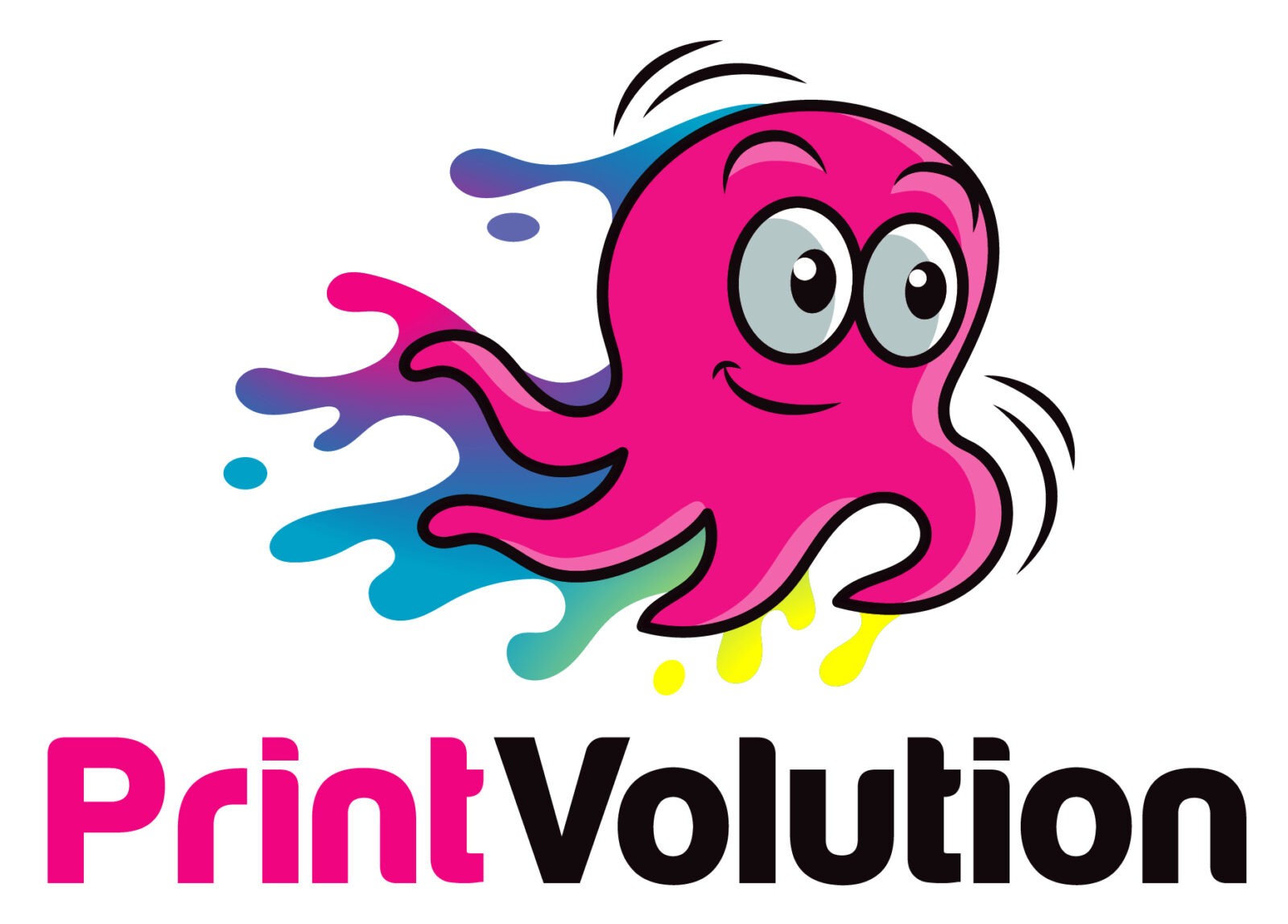No products in the cart.
The Enduring Legacy of Print
In an increasingly digital world, one might wonder whether traditional printing is on the verge of extinction. However, the reality is quite different. The art of printing has undergone a remarkable transformation throughout its long history, evolving alongside technological advancements and shifts in consumer behavior. This post aims to explore the captivating journey of printing from its inception to its modern resurgence, particularly in content creation and marketing.
From the Gutenberg press to contemporary 3D printing technologies, the story of printing is rich with innovation and creativity. By understanding its historical context and modern implications, we can appreciate how printing continues to be an indispensable tool for communication and marketing strategies in the 21st century.
The Dawn of Printing: A Historical Overview
The roots of printing can be traced back to ancient civilizations, where techniques like woodblock printing were employed to replicate text and images. This method, although rudimentary, served as the foundation for more sophisticated printing processes. In the 15th century, Johannes Gutenberg’s invention of the movable type printing press marked a watershed moment in the history of printing. This innovative technology dramatically reduced the cost and time required to produce written materials, thereby making books accessible to a broader audience.
As a result, the printing press catalyzed a cultural revolution known as the Renaissance, as literacy rates soared and knowledge became democratized. The ability to disseminate ideas quickly and efficiently enabled the spread of enlightenment thought and scientific discoveries. Subsequently, printing laid the groundwork for modern content marketing strategies by creating platforms for spreading information that we still utilize today. In this way, early printing not only shaped our intellectual landscape but also set the stage for future innovations in content creation.
The Industrial Revolution: Printing’s Mass Production Era
The Industrial Revolution further transformed the printing landscape, introducing revolutionary technologies such as steam-powered presses and linotype machines. These innovations allowed for the mass production of newspapers, magazines, and brochures, making printed content more widely available than ever before. This surge in print media helped to establish a new form of marketing, where businesses could reach larger audiences to promote their products and services.
Furthermore, as literacy rates continued to rise, the demand for printed materials also increased. Publishers could now produce literature, advertisements, and promotional materials at an unprecedented scale. Consequently, print became an essential component of marketing strategies and a powerful tool for influencing public opinion. The era marked an important transition that solidified the relationship between printing and marketing, ultimately shaping consumer habits and preferences.
The Digital Age: A Shift in Paradigms
With the advent of the Internet, the printing industry faced new challenges. Digital media offered instant access to content, prompting many to question the relevance of traditional print formats. Despite these challenges, the printing industry demonstrated remarkable resilience. Innovations in digital printing technology enabled faster turnaround times and greater customization, allowing businesses to create targeted marketing content tailored to specific audiences.
Moreover, social media platforms emerged as powerful tools for content marketing, changing how businesses interact with consumers. Although digital formats dominate the landscape, print remains relevant. Many marketers recognize that tangible printed materials possess a unique quality that digital media cannot replicate. For instance, printed brochures, flyers, and catalogs can capture consumer attention in ways that digital ads often fail to achieve.
The Resurgence of Print: A Blend of Tradition and Technology
Interestingly, the last decade has witnessed a resurgence in the appreciation for traditional printing methods. Many businesses are now embracing a hybrid approach that integrates print with digital strategies. Customized print materials, such as personalized direct mail campaigns, are experiencing renewed popularity as they stand out in a world overwhelmed by digital noise.
Transitioning between digital and print allows brands to harness the strengths of both mediums, catering to diverse consumer preferences. For example, research indicates that consumers often retain information better when presented in print than in digital formats. Thus, brands that effectively combine both forms of content can optimize their marketing strategies and enhance audience engagement.
Environmental Considerations: Sustainable Printing Innovations
As sustainability gains prominence in consumer decision-making, the printing industry is adapting to meet these new expectations. Businesses are increasingly exploring eco-friendly materials and processes to minimize their environmental impact. Innovations such as digital printing with vegetable-based inks and recycled paper are becoming the norm in modern printing practices.
The shift towards sustainability also extends to packaging solutions. Companies are now prioritizing sustainable practices in their printing processes, which encourages responsible consumption. This trend not only caters to environmentally-conscious consumers but also boosts brand loyalty, as consumers are more likely to support businesses aligned with their values. Consequently, sustainability has become an integral part of print marketing, creating a win-win scenario for both brands and the planet.
The Art of Craftsmanship: Reviving Traditional Techniques
Despite the allure of digital technology, there is a growing interest in traditional printing techniques, such as letterpress and screen printing. Many artisans are reviving these methods, emphasizing the craftsmanship involved and the tangible quality of the final product. By offering limited runs of high-quality printed goods, businesses can cultivate a sense of exclusivity and authenticity.
Furthermore, this revival of craftsmanship has opened avenues for custom-designed marketing materials that resonate with consumers on an emotional level. Brands are recognizing that unique, beautifully crafted print materials can create lasting impressions. Such differentiation fosters brand loyalty and encourages repeat engagement, thus enhancing the overall effectiveness of content marketing strategies.
## The Future of Printing: Predictions and Trends
Looking ahead, the future of printing is likely to be characterized by further innovation and integration with digital technologies. As augmented reality (AR) and virtual reality (VR) gain traction, businesses may find novel ways to combine print media with interactive experiences. For example, printed materials could include augmented reality features that engage consumers in dynamic ways.
Additionally, artificial intelligence (AI) can play a role in streamlining production processes and personalizing marketing efforts. By analyzing consumer data, businesses can tailor printed materials to align with individual preferences and behaviors. This level of customization would not only enhance the consumer experience but also bolster the effectiveness of marketing campaigns.
Conclusion: A Timeless Art in a Digital World
In conclusion, the art of printing has demonstrated remarkable resilience, evolving and adapting to changing societal needs throughout history. While the digital landscape presents new challenges, printing remains a vital component of effective content marketing strategies. As we navigate the complexities of modern communication, the integration of traditional and innovative printing techniques will continue to create meaningful connections between brands and consumers.
By appreciating the historical significance of printing and embracing its innovative potential, marketers can leverage this timeless art to enhance their campaigns and reach diverse audiences. The journey through the history and future of printing reveals that, far from being obsolete, print remains a powerful medium capable of enriching our lives and shaping our marketing strategies.











